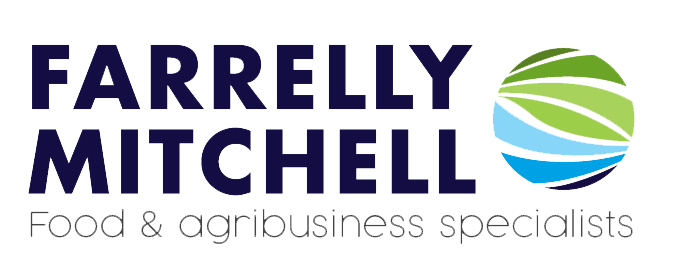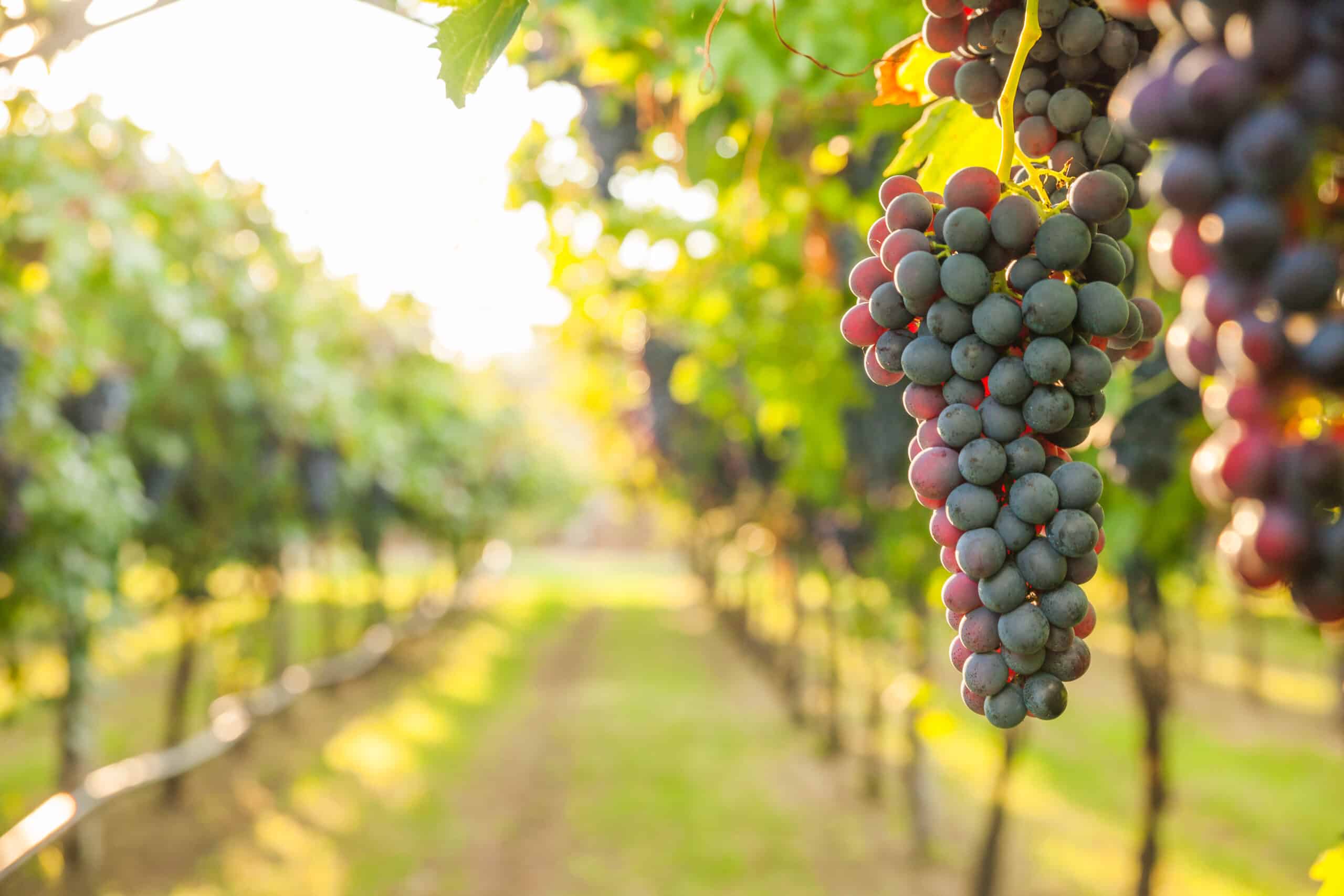Wine is a lucrative business, generating over $330 billion USD worldwide in 2023. Just ten countries produce approximately 80% of the world’s wine, with France, Italy, and Spain accounting for nearly half of that. Despite a global decrease in consumption, the market is expected to grow at a CAGR of around 4.3% to 4.6%, due to growing demand for premium brands and expanding export markets.
Each year, the wine sector produces 36 billion bottles of wine, equating to around 27 billion litres of wine. Naturally, this level of production generates a high volume of wastewater, which, if not properly treated, can cause significant environmental impact on rivers and lakes. The industry is known to produce effluents containing extremely high levels of organic content, causing shock loads to municipal wastewater treatment plants. Addressing these challenges requires effective wastewater management strategies. These strategies range from traditional aeration and activated sludge systems, to more innovative approaches that better handle organic loads and reduce energy consumption. By adopting and tailoring these technologies to their operations, wineries can minimise their environmental footprint and improve the sustainability of their operations.
Winery wastewater treatment
Winery wastewater treatment presents several significant operational and technical challenges. In particular, small-scale wineries often face difficulties in implementing effective treatment solutions as they frequently underestimate the volume of wastewater they produce and rely on undersized treatment systems. This is often compounded by the fact that these operations frequently contend with limited budgets, space constraints, and insufficient technical expertise to maintain complex treatment facilities.
The effluent contains high concentrations of organic matter, including alcohols, sugars, and organic acids, resulting in elevated COD (Chemical Oxygen Demand) and BOD5 (5-day Biological Oxygen Demand) levels. These characteristics can deplete oxygen in receiving bodies of water and require more sophisticated, costly treatment processes. Furthermore, the presence of toxic compounds (like pesticides, phenols, and tannins) poses additional treatment challenges, as these can inhibit the effectiveness of biological treatment processes by interfering with the necessary microorganisms. It is therefore imperative that these compounds receive specialised treatment processes to ensure proper degradation and removal.
The treatment of winery wastewater typically involves a combination of steps, with the primary goal of reducing the organic loads, solids, and other pollutants before discharging or reusing the water. Winery wastewater treatment methods vary in their effectiveness, depending on the specific goals of the treatment, the size of the winery, and the resources available. The various methods described below are often used in sequence to optimise overall effectiveness and cost efficiency, starting with the preliminary treatment, and moving into the primary, secondary, and tertiary treatments.
Pretreatment
The pretreatment process aims to remove large solids from wastewater and to adjust pH levels to protect downstream treatment units. Coarse screening uses strategically designed barriers to remove large debris like grape skins and stems. This prevents blockages and damage to pumps and other equipment and allows smaller particles to settle before sedimentation. Sedimentation utilises septic or holding tanks to clarify the solids and is the most viable pretreatment process adopted by wineries.
Flow equalisation is an important consideration at this stage, typically implemented using temporary storage tanks. The seasonal nature of wine production creates substantial variations in wastewater volume, with peak flows during vintage season potentially straining local water systems, especially during the summer months. This seasonal fluctuation necessitates the implementation of flow equalisation systems that buffer the high volumes during peak production and provide a steady, manageable flow during off-peak periods. By doing so, these systems support downstream treatment processes that are designed to efficiently manage both peak loads and low-flow periods, ensuring consistent treatment performance throughout the year.
Overflow tanks, which can be inserted at different stages of the system, may be fitted with mixers to keep the wastewater evenly mixed. This prevents solids from settling out prematurely and ensures that any variations in the wastewater’s composition (like changes in pollutant concentrations) are minimised. Aerators may also be used to introduce oxygen, which can help in maintaining aerobic conditions favourable for biological treatment processes downstream.
It is also worth noting that, at this stage, the wastewater still contains fermentable sugars and residual ethanol from the winemaking process, which can be harnessed under controlled conditions. If fermentation and ethanol recovery are to take place, they will typically occur early in the treatment process, shortly after the initial separation of solids. By promoting natural fermentation, these systems convert sugars into ethanol, which is then recovered as a valuable by-product while simultaneously reducing the overall organic load.
Lastly, pH adjustments balance the pH of the wastewater, typically using caustic soda or magnesium hydroxide as an alkaline, or lime, to neutralise the acidic nature of effluent and bring a more neutral pH range suitable for biological treatment. This treatment can also significantly reduce various contaminants.
Secondary treatment
Once the wastewater has undergone pretreatment, it proceeds to secondary treatment, which focuses on reducing COD and biological oxygen demand (BOD5). This is important as the wine industry can produce effluents with high organic loads ranging from 2,500 to 67,000 mg/L of Chemical Oxygen Demand (COD). This stage helps eliminate organic matter and nutrients dissolved in the wastewater. The specific approach used is highly influenced by the volume and organic content of the wastewater as well as the size and location of the winery.
One common method employed in secondary treatment is the use of constructed wetlands. Although they mimic natural wetlands, these systems are carefully designed to optimise water treatment. They typically involve shallow basins lined with materials like gravel or soil, which serve as the substrate. Plants help absorb excess nutrients, while microorganisms that grow on the plant roots and porous media break down organic matter. Because constructed wetlands rely on these natural processes rather than complex mechanical systems, they are generally less expensive to build and operate over time, requiring minimal energy usage and maintenance.
Another process is the use of activated sludge. This method employs microorganisms to degrade organic matter in aerated tanks. Pretreatment is required to reduce particulate organic matter and adjust the pH of the wastewater.
Additionally, some wineries adopt membrane bioreactor (MBR) systems, which combine aspects of the activated sludge process with membrane filtration. MBR systems are highly effective in producing high-quality, reusable effluent. They excel in the removal of suspended solids and offer significant efficiencies in COD reduction, making them a valuable option for minimising environmental impact and supporting sustainability efforts, particularly when compared to conventional treatment systems.
Tertiary treatment
The polishing and disinfection process typically involves advanced treatment methods to further improve water quality and ensure it is safe for discharge or reuse.
Ozone-based disinfection eliminates harmful pathogens from treated water, making it particularly suitable for reuse in applications like irrigation. Alternatively, ultraviolet (UV) radiation provides a chemical-free method of inactivating pathogens, providing a more environmentally friendly method for disinfecting winery wastewater. It is also capable of disinfecting water faster than traditional chemical methods like chlorination and can achieve up to a 99.99% kill rate for microorganisms, including bacteria, viruses, algae, and protozoa. This may be followed by reverse osmosis, the permeate of which being good enough to reuse at any stage of the winemaking process.
The future of winery wastewater treatment
As water scarcity intensifies and sustainability expectations grow, effective wastewater management will become increasingly important for wineries, especially for food and beverage wastewater treatment operations in regions with limited water resources.
With Farrelly Mitchell’s expertise in sustainability, water management, the circular economy, and agtech, we can provide end-to-end support that helps food and beverage producers optimise their resources and wastewater processes. Our expert team is highly experienced in developing customised solutions that focus on reducing waste, controlling pollution, and lowering water dependency while enhancing operational efficiency. To discover how we can assist your organisation in adopting more sustainable practices and improving its wastewater management, contact us today.














